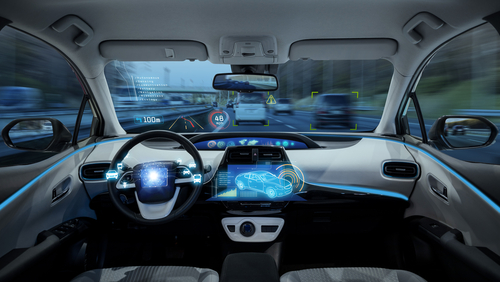California Regulators Pause Expansion Of Google’s Driverless Taxi Company

San Francisco, California, has long been the epicenter for autonomous vehicle testing in the U.S., with the city allowing so-called robotaxis operated by General Motors’ Cruise and Google’s Waymo to travel on public roads within certain parameters.
In response to a series of safety concerns and traffic mishaps, however, officials have begun to express second thoughts about the robust program. This week, the Consumer Protection and Enforcement Division of the California Public Utilities Commission struck down an application from Waymo to expand its testing into areas in Los Angeles County and San Mateo County.
Although the decision does not impact the company’s current operations in San Francisco, it signals continuing concerns about the viability of driverless taxis, at least in the short term, despite optimistic reports that the industry has become safer.
The CPED’s suspension only lasts for 120 days, so Waymo will be able to apply for expansion in the future, and several officials in areas that would have been impacted have signaled their support for the delay.
For his part, San Mateo County Supervisor David Canepa indicated that the decision “will provide the opportunity to fully engage the autonomous vehicle maker on our very real public safety concerns,” which he said include the “dangerous situations for firefighters and police” that have been reported in San Francisco.
One of the most serious incidents involving robotaxis occurred earlier this month when a Waymo vehicle apparently did not register a cyclist in an intersection, resulting in a collision and minor injuries.
Robotaxi hits #cyclist in San Francisco (minor injuries). Balanced report by @JMossalgue. We'll see more of these in the coming months and years. Sooner or later we'll reach the point where robodrivers will be safer than humans, but not quite yet. https://t.co/q744Yst8HX
— Henk Swarttouw (@copenhenken) February 15, 2024
“The cyclist was occluded by the truck and quickly followed behind it, crossing into the Waymo vehicle’s path,” said company spokesperson Julia Ilina. “When they became fully visible, our vehicle applied heavy braking but was not able to avoid the collision.”
The incident sparked a review by state regulators, though it is unclear if it was a direct factor in the CEPD’s decision to pause Waymo’s planned expansion.
Last year, San Francisco Fire Chief Jeanine Nicholson called on state regulators to move slowly in expanding the presence of autonomous vehicles on public roads.
“I don’t want something bad to happen because we can’t get to a scene,” she said. “A fire can double in size in a minute. We are dealing with life and death and I’m not being dramatic in saying that. I’m not against the technology, but we need to fix what’s not working right now before they are unleashed on the rest of the city.”
